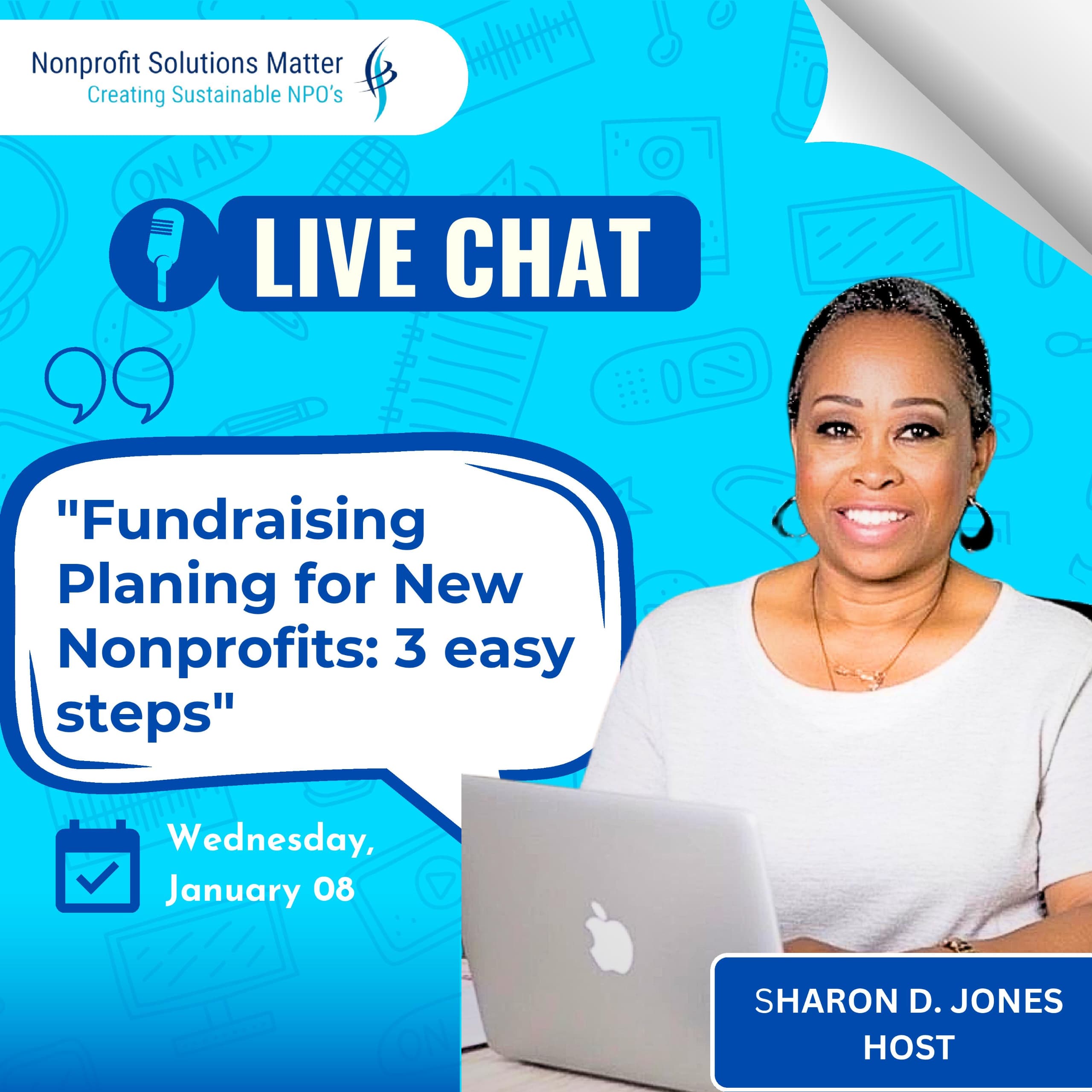Onboarding and Orienting New Board Members
A beautiful day, isn't it?
We began this topic by exploring how to recruit new, quality board members for your organization and outlined seven critical steps for navigating this process. Starting with step one, we discussed board recruitment planning, a crucial phase in which you determine the kind of board members your organization needs, identify where to find them, and outline how to recruit them.
From there, we covered creating the necessary tools for your board outreach and recruitment process, such as a board application form, a recruitment manual, a comprehensive board manual, interview questions, and outreach content.
Next, we delved into board outreach—reaching out to potential board members, whether they are individuals you already know or people with the expertise and skill set you need. After that, we handled the board interview process for applicants who had expressed interest.
After the interviews are completed and congratulatory emails are sent to successful candidates, it is time to focus on onboarding and orienting these new board members.
Onboarding aims to create informed, prepared, and committed board members. One of the significant challenges facing the nonprofit sector is the presence of board members who need to be made aware of their roles and responsibilities. This lack of understanding can lead to disengagement, partial commitment, and limited organizational presence.
Proper onboarding eliminates this issue by educating new board members about their roles, responsibilities, and commitments and ensuring they align with the organization's mission and goals. At the end of the process, new board members typically sign a formal commitment affirming their willingness to fulfill their outlined duties and responsibilities.
To effectively onboard new board members, introduce them to their roles, responsibilities, and commitments. The goal is to set clear expectations so everyone is on the same page. When done correctly, this step ensures that board members are fully committed and understand their expected level of engagement and support.
You will need several essential tools and documents to facilitate the onboarding process. A strategic or business plan should be provided before the onboarding session so new board members can review and understand the organization’s mission, programs, and goals.
Another essential tool is the board manual, which describes board roles, responsibilities, and commitments. A board agreement document outlining specific obligations that board members must sign is also crucial.
You should also collect references if this step must be completed during the recruitment phase. Then, using the strategic or business plan, guide new members through the organization’s programs.
Could you ensure your organization's bylaws are available to clarify board term limits, official rules, and other governance details? Financial documents detailing the organization’s financial standing should also be shared, providing transparency and a clear picture of its financial position.
The next step after onboarding is the introductory board meeting. This meeting brings together old and new board members, allowing them to introduce themselves, share their passions, and describe their involvement. It’s an excellent opportunity for board members to become familiar with one another and build rapport.
This leads smoothly into strategic planning sessions, where board members can establish alignment by planning together.
I just wanted to let you know that's all for today. Please stay tuned, as next time, we will talk about managing the introductory board meeting and the strategic planning process in greater depth to ensure a cohesive and effective board.
Remember, we’re here to support you whenever you need guidance. Until next time, keep striving for excellence!
Rooney Akpesiri is the VP of Acquisition, Nonprofit Solutions Matter























































